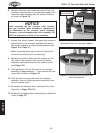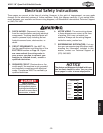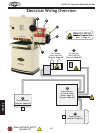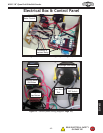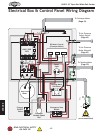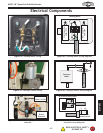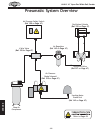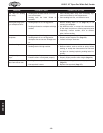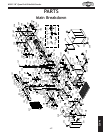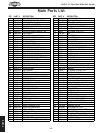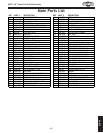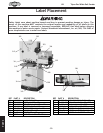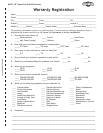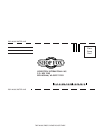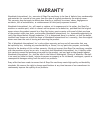
-46-
N(/(*(/Fg\e<e[N`[\9\ckJXe[\i
J<IM@:<
GIF9C<D GFJJ@9C<:8LJ< :FII<:K@M<8:K@FE
Grit rubs off sanding
belt easily.
1. Sanding belt has been stored in an incor-
rect environment.
2. Sanding belt has been folded or
smashed.
1. Store sanding belts away from extremely dry/
moist environment or hot temperatures.
2. Store sanding belt flat, not folded or bent.
Sanding belt clogs quick-
ly or workpiece burns.
1. Sanding depth of cut too aggressive.
2. Sanding softwood or workpiece with high
residue.
1. Reduce sanding depth of cut (Page 22) or use
coarser grit sandpaper.
2. Use different stock, or accept the characteristics
of the stock and plan on cleaning/replacing belts
frequently; remove residue, such as varnish/
paint, before sanding.
Burn marks on
workpiece.
1. Using too fine of sanding grit.
2. Sanding depth of cut too aggressive.
3. Workpiece moves too slow through sand-
er.
1. Use a coarser grit sanding belt.
2. Properly adjust depth of cut (Page 22).
3 Increase conveyor feed rate.
Glazed sanding surface. 1. Sanding wet stock.
2. Sanding stock with high residue.
1. Only sand wood/ensure moisture is below 20%.
2. Remove residue, such as varnish or paint, before
sanding, or accept the characteristics of the stock
and plan on cleaning/replacing sanding belts fre-
quently.
Workpiece slips on con-
veyor.
1. Conveyor belt dirty or worn.
2. Pressure rollers not adjusted properly.
1. Clean/replace conveyor belt.
2. Properly adjust pressure roller height (Page 36).
Uneven workpiece thick-
ness from side-to-side.
1. Sanding drum not parallel to conveyor.
2. Conveyor belt is worn.
1. Adjust the sanding belt to conveyor parallelism
(Page 32).
2. Replace conveyor belt (Page 37).



